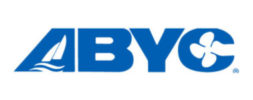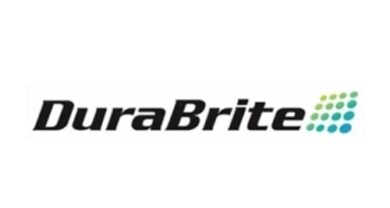How and where to cut expenses
Nearly every marine dealer has been faced with the inevitable task of cutting overhead expenses. Those few lucky ones who have not faced this daunting task will probably end up having to face it in the months ahead as it appears sales will not measurably improve in the near term.My clients, when faced with this unpleasant assignment, do not know where to start. I suggest that you totally evaluate your operations using the old 80/20 rule. For those of you who are unfamiliar with this subject, it has generally been found to be true that 20 percent of most businesses’ assets produce 80 percent of their profits.
We find that a small percentage of salespeople actually produce the lion’s share of a dealership’s sales. Although this does not occur in a small minority of dealerships, it does in the majority of them. Do you know who those salespeople are on your staff? Do you actually know what percentage of your dollar sales can be attributed to each of your salespeople? You should keep the one who outshines the rest on your staff.
The same holds true in service. It is very likely that one of your technicians probably has a significantly higher efficiency rating as compared to the rest. The question is not whether or not this is true, but how important is it that you, the business owner, are aware of this? In many dealerships, I find that one technician may be 90-percent efficient while the rest are only 60-percent efficient. If the 90-percent guy is also responsible for high CSI levels, and most of the time this is true, then when it is time to cut back you know who should stay and who should go.
Now let’s talk about boat inventory. If you review your past unit sales, you will probably find that the majority of your sales are produced by just a few models. Do you know which models are producing possibly 80 percent of your sales? If you do, then you will also know which models are sitting on your lot, sucking up floorplan interest and hurting your overall profit margins.
Floorplan interest is probably your largest operating expense. There is a reason that a definite relationship exists between inventory turns and profitability. If you don’t know what those turns are for each and every model in your inventory, now is the time to find out. Drop those models that are not selling and concentrate your inventory planning on those that do.
To do this, simply identify how many units of each model you sold in the past 12 months. If you had two, 30-foot models in inventory and you only sold one all year, then you had a turn number of 0.5.
You CANNOT survive with that kind of model performance. If you don’t believe me, try multiplying your monthly interest rate by the number of average months that model was on floorplan. It may end up being more than your gross profit made on that unit.
How about your parts and accessories? How important is it to have every part and accessory in inventory that your customer might want? A part or accessory is no different than a boat. If you have $20,000 in parts that have an average shelf life of two years, then you only have a turn’s ratio of 0.5. Familiar number? The chances are pretty good that 80 percent of your parts and accessory sales are derived from 20 percent of your inventory. Now that you are fighting for your financial life, it would be helpful to know which 20 percent that is. Don’t bother restocking the stuff that does not sell. Use that money for other cash-flow purposes.
Inventory and employees are not the only items that should fall into the 80/20 rule. Look at all of your costs, and I bet you will find a number of them that fall into the operating expenses 80/20 rule.
How about advertising? Does 20 percent of your advertising produce 80 percent of your sales? I know this is difficult to assess. The old judgment that 50 percent of your advertising produces 100 percent of your sales, “but we don’t know which 50 percent,” is probably true.
Maybe if we asked our customers, every time, how they heard about us, we could determine what works and
what doesn’t.
At the start of this article I suggested that 20 percent of your assets may very possibly produce 80 percent of your profits. Please note that I said “ASSETS.” That would include cash, employees, inventory, facilities, and so forth. I suggest that it is time for you to list all of your assets on a piece of paper and identify which ones are responsible for the majority of your profits. You can probably live without some of them and ultimately reduce expenses. It may even be enough of an expense reduction to get you through the ugly days ahead.
Good luck!




